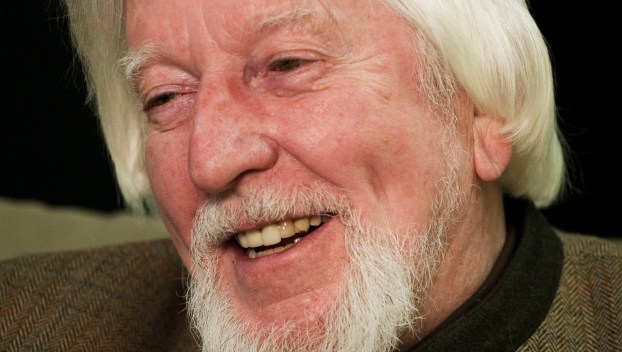
State And Nation
Voice of Big Bird and Oscar the Grouch dies
LOS ANGELES (AP) — Caroll Spinney, who gave Big Bird his warmth and Oscar the Grouch his growl ... Read more

LOS ANGELES (AP) — Caroll Spinney, who gave Big Bird his warmth and Oscar the Grouch his growl ... Read more